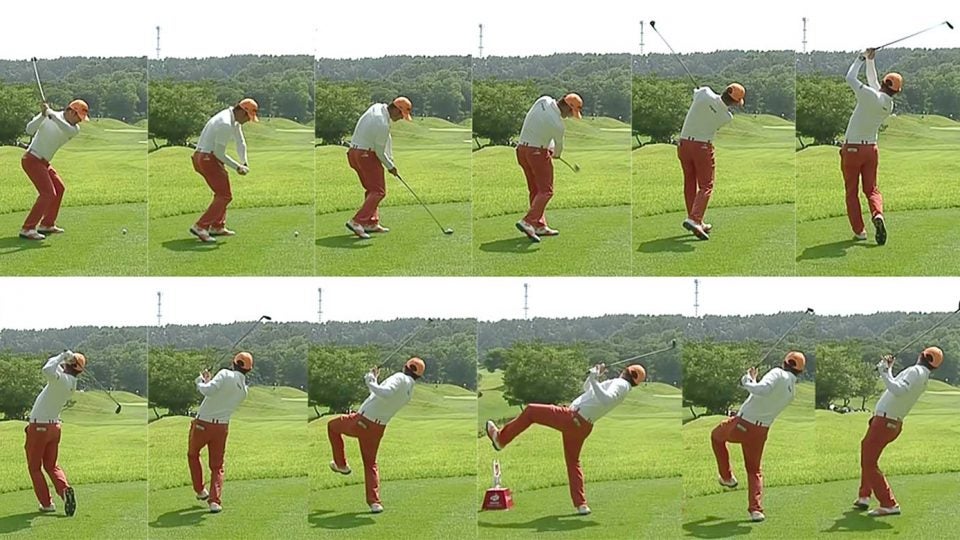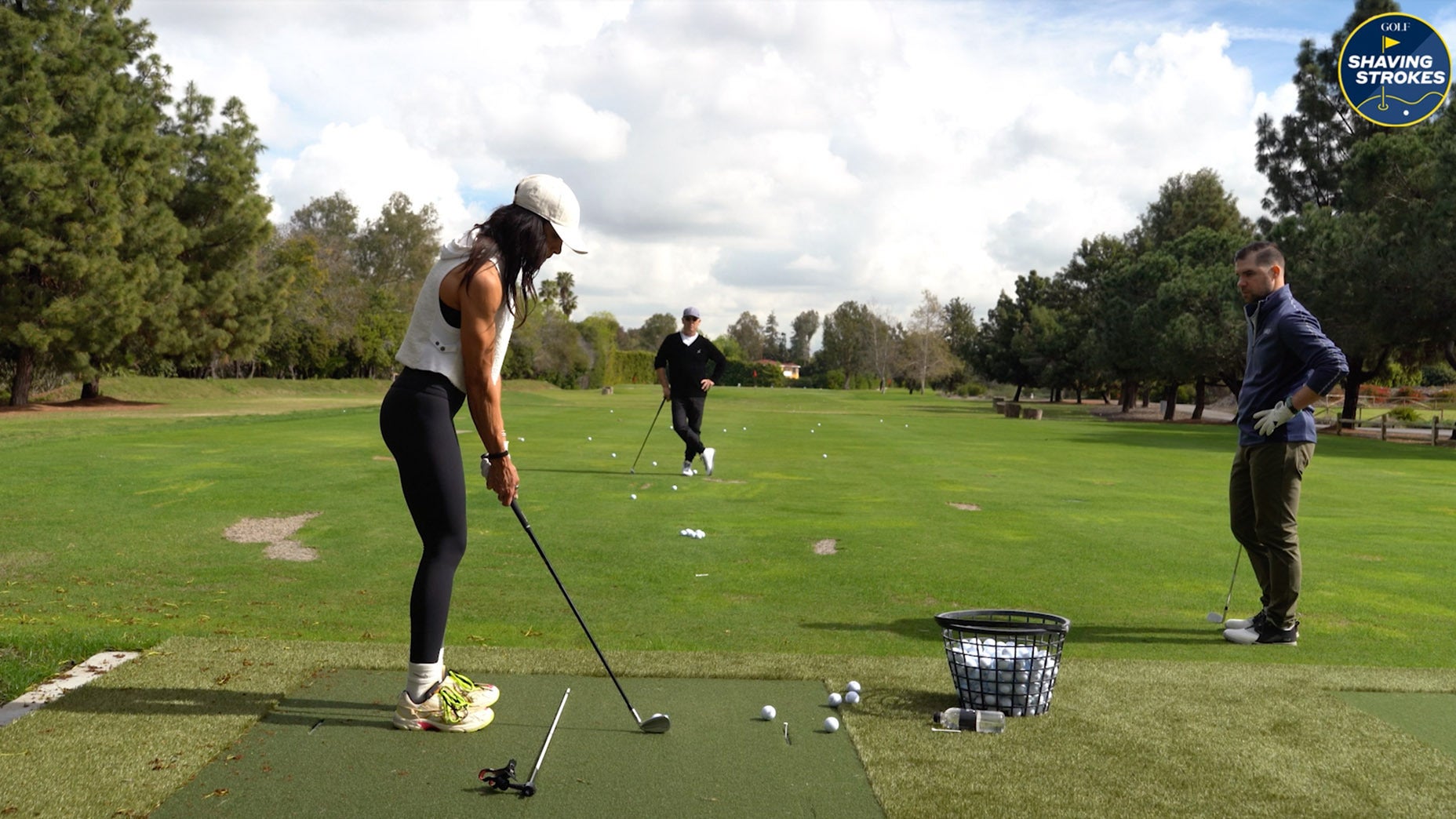When you spend your days analyzing professional golfers’ swings, as I do, one thing becomes evident: Every golf swing is different, but there’s always a reason why each of them work.
Hosung Choi, whose quirky golf swing propelled him to internet fame even before his victory last week, is no different.
Choi’s journey up golf’s ranks has been a long one, as you can read more about in our own Alan Bastable’s wonderful feature here, and his golf swing is unapologetically homegrown. But look closely, and the fundamentals for a high-performing golf swing become quickly apparent.
https://www.instagram.com/p/BqpU53NlSw4/
Fans refer to Choi’s move as a “fisherman’s swing,” and his backswing is a big reason why.
As you can see from the video above, the first move of his swing involves picking the club straight up, with the clubface quite closed. It’s unusual to the eye, but looking at his setup, it starts to make sense. A traditional setup calls for the clubhead to be pointing at the target and the footline to be running parallel to it. As you can see by the lines I’ve drawn below, that’s not the case with Choi. His club is pointing to the target, but his footline is very closed and pointing right of his target.

Choi’s backswing looks odd mostly because of that divergence between his footline and the target line. It’s unusual, yes, but forget about his footline for a second and focus on how Choi’s club is moving relative to the target line. As you can see below, when the club head gets moving, it tracks right down the line where he’s aiming. It’s Choi’s stance that’s throwing people off; if his body was lined up less closed and he swung his club exactly same way, I doubt we’d be talking about how strange his swing is.

Once Choi sets his position at the top of the backswing, things start looking pretty — dare I say it — conventional. Much like Oklahoma State standout Matthew Wolff’s swing, Choi shallows the club beautifully to begin his downswing, and as you can see, it’s all pretty textbook from there. His weight shifts towards his front foot while his body tilts and rotates. It’s a process teachers call “sequencing,” and Choi does it beautifully before getting into a great impact position. Looking at these frames, you wouldn’t know or care how he got there.

And then, finally, there’s Choi’s follow-through — the element of his swing that generates the most buzz. He spins around, wobbles on one foot, almost like he’s doing a little dance. It’s a lot of movement, but there isn’t much consequence tied to it.
His downswing fundamentals are sound, and even after he hits the ball and it’s long off the clubface, you can see Choi’s body is still in a very conventional position. His follow-through is more a reaction, some combination of nervousness and flair. And that’s fine. The ball is long gone by that point. If that makes him feel better, then dance away. It doesn’t affect his swing negatively, and the results obviously speak for themselves.

Have you ever wondered how good your golf swing could really be? GOLF Magazine’s Swing Index can help you get there! https://t.co/JWITyxf0M5 pic.twitter.com/gnKAUlQAaI
— GOLF.com (@GOLF_com) November 26, 2018








